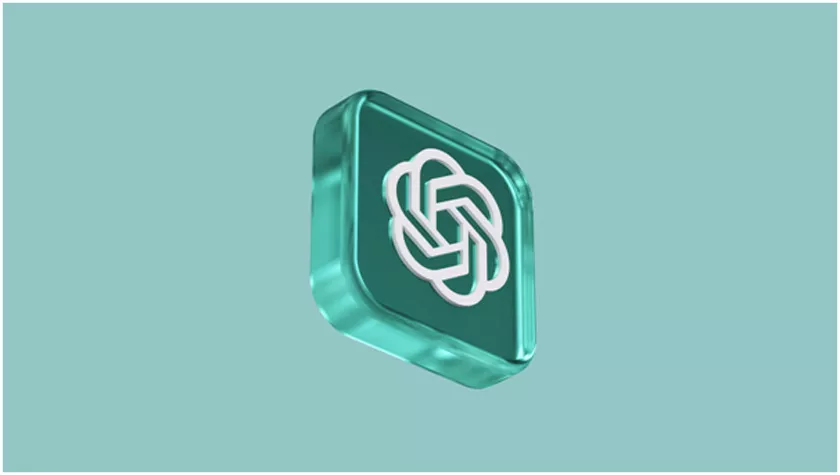The rise of artificial intelligence (AI) and machine learning models in various sectors, particularly online communications, has stirred a multitude of concerns.

Is Chat-GPT a Security Threat?
Notably, Chat-GPT, developed by OpenAI, stands as an emblem of this AI revolution. Given its profound capabilities, it begs the question: Does Chat-GPT pose a security threat?
Grasping Chat-GPT’s Capabilities
Chat-GPT is renowned for its ability to generate human-like text, provide task assistance, answer queries, and even delve into creative content generation. It’s built upon the GPT (Generative Pre-trained Transformer) architecture.
After training on massive datasets, this model is adept at delivering contextually relevant responses. However, with great power comes great responsibility. Ensuring AI models like Chat-GPT operate within ethical bounds is paramount, an aspect emphasized by the principles of Responsible AI.
Potential Security Concerns
- Data Privacy: A chief concern surrounds data privacy. Should Chat-GPT store or recall users’ data, it might become a hotspot for cyber adversaries. Nevertheless, OpenAI has implemented robust measures ensuring that their models don’t retain user-specific information.
- Misinformation Dilemma: Given Chat-GPT’s proficiency in text generation, there’s an inherent risk of misuse for spreading misinformation. Malicious entities could potentially exploit it to craft and propel false narratives.
- Over-dependency: Relying heavily on AI models like Chat-GPT can introduce specific vulnerabilities. If a system heavily integrated with Chat-GPT gets compromised, it may lead to operational hiccups or more severe data breaches.
- Impersonation Risks: With its advanced text-generating capabilities, Chat-GPT could be used in sophisticated phishing attacks, producing communications that eerily mirror authentic human interactions.
Navigating and Neutralizing the Threats
In the digital age, where innovation accelerates at an unprecedented rate, the emergence of tools like Chat-GPT presents opportunities and challenges.
While the potential risks associated with this sophisticated AI model are real, they aren’t immutable. A combination of technological solutions, vigilant monitoring, and public awareness can form a potent defence against potential threats.
Frequent Updates and Patches:
- Why It’s Essential: In the world of cybersecurity, stagnation is equivalent to vulnerability. As new threats emerge, software and platforms must adapt. Keeping the Chat-GPT model and the broader systems it operates within up-to-date ensures that they are fortified against known security challenges.
- Implementation: OpenAI, the parent organization behind Chat-GPT, should release regular updates. End-users, on the other hand, need to ensure they deploy these updates promptly. In addition, they should also ensure that third-party integrations and related software are similarly updated.
Active Monitoring
- Objective: The goal of monitoring is twofold: detect any misuse of Chat-GPT in real-time and glean insights into evolving threat patterns. It’s not just about identifying a problem but understanding it deeply enough to prevent its recurrence.
- Methods: Employing AI-driven security solutions can help. Such solutions can analyze vast amounts of data quickly, spotting unusual patterns that might elude human observers. For instance, sudden spikes in query volumes or patterns of suspiciously similar outputs could be red flags.
- Responsiveness: Once an anomaly is detected, rapid response mechanisms should be in place. That might involve temporarily restricting certain functions, alerting system administrators, or even initiating an automatic security audit.
Chat-GPT, like many technological innovations, has its set of advantages and challenges. By blending caution with optimism and endorsing responsible practices, we can tap into its benefits while minimizing potential threats. The digital age demands continuous adaptation, vigilance, and a commitment to ensuring safety.
